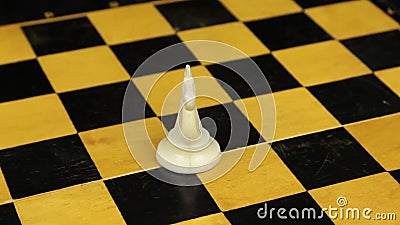

As it spread into Europe, the Italian term rocca (meaning fortress) may have caused the shape to change. These Indian chariets had large walled structures on them, more like a fortification. Rook comes from the Persian term Rukh meaning chariot as this was the piece in predecessor games of chess in India. Fun fact- Knights move the way they do to represent how a horse man can ride straight and slash their sword at emended to either their right or left. Can a knight move 1 and then 2?Īnd of course it can go two down, one across, one down, two across as well. The Icelandic Horse is a breed apart from all other horse breeds, in more than a few aspects, and among its most celebrated features is its five natural, and unique gaits: the walk, the trot, the canter, the tölt, and the flying pace. Horses need wide open spaces for defense purposes, and they need some shelter, like trees or cliffs, to protect them from the elements. Where do horses live?ĭomesticated, or tamed, horses can live in almost any habitat, but wild horses prefer plains, prairies, and steppes for many reasons.

A horse moves its head and neck in a slight up and down motion that helps maintain balance. At the walk, the horse will alternate between having three or two feet on the ground. When walking, a horse’s legs follow this sequence: left hind leg, left front leg, right hind leg, right front leg, in a regular 1-2-3-4 beat. In terms of material, it’s the most valuable piece in the game of chess (apart from the king, of course). In terms of raw power, the queen is the most powerful piece on the chessboard and one of the most iconic pieces in any board game, combining the moves of the rook and the bishop in one piece. It is used in many historical and regional chess variants, such as shatranj. The alfil, also known as the alpil or elephant, is a fairy chess piece that can jump two squares diagonally. At the start of a chess game, the knights can jump out immediately over his own pawns, like in the diagram above.

However, they do not capture any pieces that they jump over. Knights are the only piece that can jump over other pieces. Why does the knight move in an L?Ī knight moves in an L shape step to fields in either direction and than one field to the side as long as their is no stone from the own forces at the target field (a stone from the opposite side can just be beaten). They naturally walk, trot, canter, and gallop, depending on how fast they need to move. But with four legs, horses can move in even more different ways, called gaits. Walk, Trot, and Gallop! People can walk, skip, and run. The Knight piece can only move to one of up to eight positions on the board. The Knight piece can move forward, backward, left or right two squares and must then move one square in either perpendicular direction. The knight moves in an L-shape! Can horse move backwards in chess? This movement can be remembered as an “L-shape” because it looks like a capital “L”. It either moves up or down one square vertically and over two squares horizontally OR up or down two squares vertically and over one square horizontally. The knight moves multiple squares each move.


 0 kommentar(er)
0 kommentar(er)
